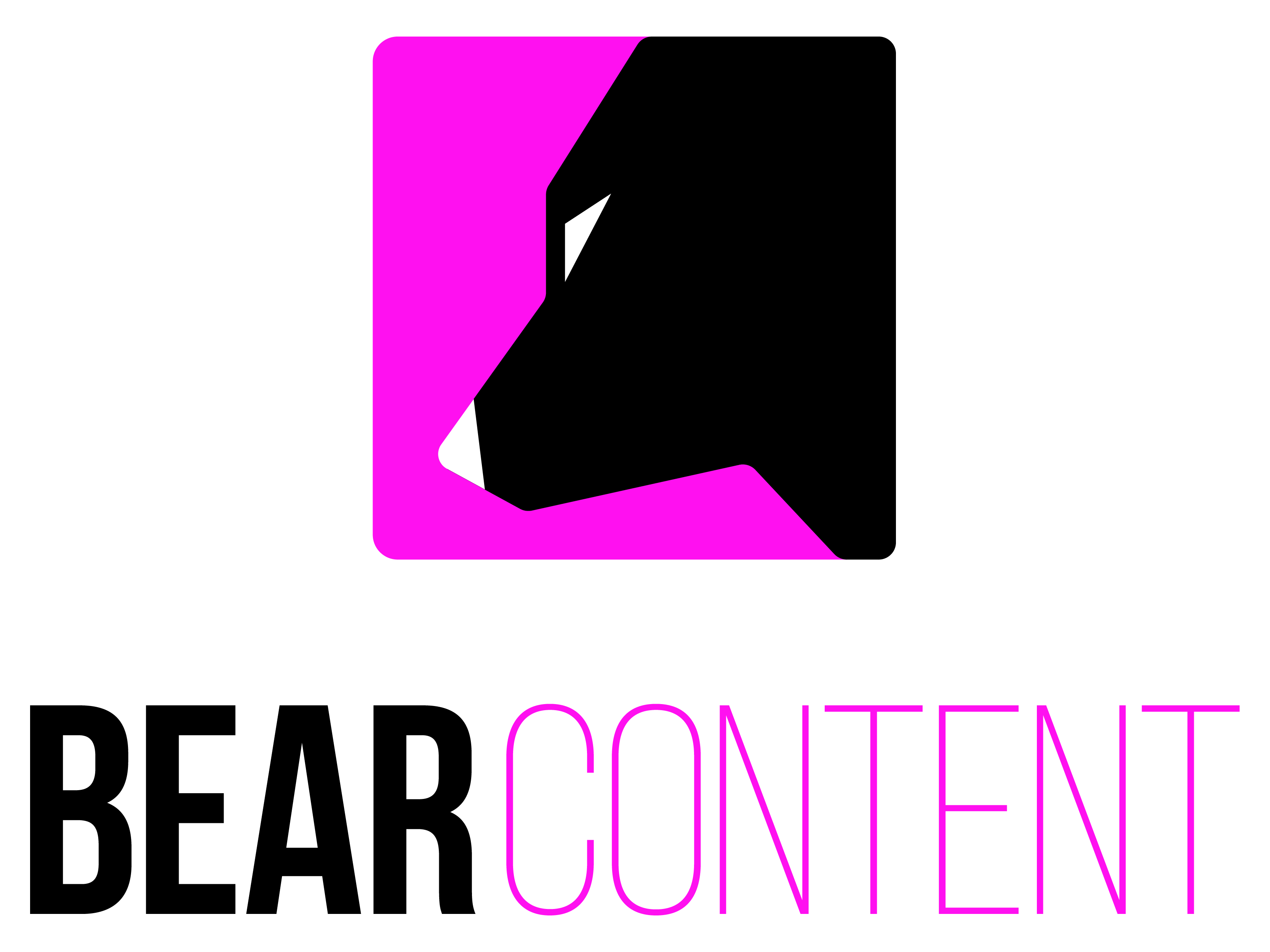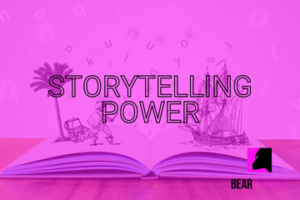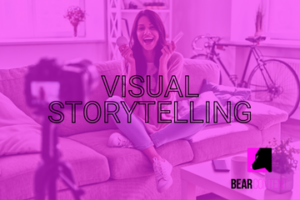Visual storytelling — conveying your brand’s message and values through evocative imagery, videos, infographics, and other visual content — is no longer an optional marketing strategy but a necessity.
In today’s digital world, it has become instrumental for businesses of all sizes to create deep engagement and forge lasting relationships with their audience.
The iconic British fashion brand, Burberry, is a trailblazer in visual storytelling. They utilise the power of striking photography and videography in their marketing campaigns.
Burberry’s social media platforms, particularly Instagram, exhibit a compelling narrative about their brand.
They blend the richness of their heritage with modern sensibilities, creating a vibrant, engaging visual tapestry. This approach of balancing the old and the new, demonstrated in their photography and videography, has helped them retain their unique identity while attracting a broad range of customers.
Secondly, AO.com, the UK-based online electrical retailer, has brilliantly utilised product demonstration videos.
By visually showing their products’ features and benefits, they have made their online listings more informative and increased customer trust and purchase confidence.
Their videos reduce the uncertainty of online shopping, making them a valuable tool for conversion.
Then there’s Innocent Drinks, a company known for its creative and quirky use of infographics.
They often use these to share data about their health benefits, environmental impact, and more. This type of visual storytelling educates its consumers in a fun, engaging way, consistent with their playful brand image.
Finally, the British fitness platform, The Body Coach, leverages visual storytelling to resonate with people’s emotions and values.
Through a series of candid videos featuring their founder, Joe Wicks, they’ve connected with their audience on a personal level.
These videos, from quick workouts to healthy recipes, share a narrative about the brand’s commitment to making fitness and health accessible and enjoyable.
These businesses have adeptly used visual storytelling to engage their audience, reinforce their brand image, and successfully meet their marketing objectives.
From Burberry’s rich visual narrative, AO.com’s informative product videos, and Innocent Drinks’ playful infographics, to The Body Coach’s inspiring video content, they showcase visual storytelling’s breadth of potential.
As a business, incorporating this approach can help you craft compelling narratives that deepen your connection with your audience and drive your brand’s success.
As we enter an era of digital marketing, where content is consumed more visually than ever, businesses must understand and harness the power of visual storytelling.
From captivating images to engaging videos, visual storytelling can significantly enhance your brand’s narrative and connection with your audience.
But how do you effectively weave this technique into your content marketing strategy? Here are three key tips that can serve as your compass on this exciting journey.
Implementing these tips can turn visual storytelling into a powerful tool within your content marketing arsenal, enabling you to tell your brand’s story in a truly engaging and impactful way.
Identify Your Visual Storytelling Strategy:
Your visual content should align with your brand’s identity, values, and goals.
Start by understanding your audience and what kind of visual content resonates with them the most. Are they more engaged by emotive images, informative infographics, immersive videos, or interactive visual elements?
Once you’ve identified the appropriate type of visual content, craft a consistent narrative that represents your brand’s story and fosters a connection with your audience.
The key is consistency: your visual storytelling should echo the same message across all platforms and mediums.
Quality Over Quantity:
In visual storytelling, the quality of your content is paramount. High-quality, professional-grade visuals attract more attention and increase trust and credibility in your brand.
This doesn’t necessarily mean you need to hire a professional photographer or videographer, but you should invest time and resources to create professional visuals.
For example, ensure your photographs are well-lit, your videos have good sound quality, and your infographics are easily readable.
Remember, every visual element you share reflects on your brand, so ensure it’s a positive reflection.
Encourage User-Generated Content:
User-generated content (UGC) is a powerful form of visual storytelling because it brings diverse perspectives and authenticity to your brand narrative.
Encourage your customers to share photos or videos of interacting with your product or service.
You can initiate photo contests, hashtag campaigns, or feature customer stories/testimonials on your website and social media platforms. This enriches your visual content and builds a community around your brand where customers feel valued and engaged.
***
Implementing visual storytelling into your content marketing strategy can be a game-changer, providing an engaging, effective way to communicate your brand’s story and connect with your audience on a deeper level.
Remember, a picture is worth a thousand words; in digital marketing, it might be worth even more.
Want to elevate your #ContentMarketing game? Discover the transformative power of #VisualStorytelling in our latest blog post. #MarketingStrategy bit.ly/VisualStorytellingBlog Share on X


